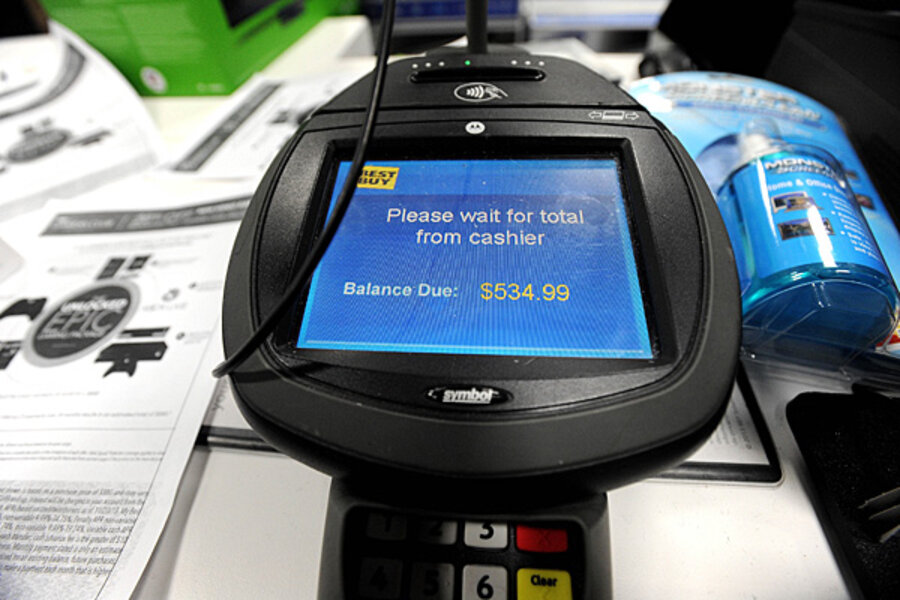Buy one, get one free! Or don't.
Loading...
On the surface, a “buy one get one” sale sounds like a good deal.
“I really want two shirts and if I buy one shirt, I can get the other one for free!”
“I really want two games and if I buy one game, I can get the other one for 50% off!”
Almost everyone is on board with those kinds of deals.
The problem is that, in reality, deals don’t quite work out like that. Almost every “buy one get one” deal that you find has some sort of catch… and, often, there are multiple catches.
Catch #1: The Item Is Overpriced
It’s not really a bargain if the item you’re paying full price for is ludicrously overpriced. Not too long ago, a store near us ran a “buy one get one 50% off” sale on milk. The only problem was that the milk was somewhere around $6. When I actually buy milk, I stick to one particular brand that’s usually around $3.50 a gallon here. With the “sale,” I’d be spending $9 for two of them… not exactly a bargain.
How to catch it Add up your total cost on the two items and divide that in half. Ask yourself if that’s still a price you’re excited about.
Catch #2: The Selection Is Limited
I used to really like those “buy one get one 50% off” tables at the bookstore. I’d browse through it, quickly find a book I liked, and then really push myself to find a “bargain” on another book. The problem was that out of the 30 books on the table, there was really only one I wanted to read. A discount on something you don’t want isn’t really a bargain.
How to catch it If you’re struggling to find the second item, just put the first item back and wait until it’s on sale without being dragged down by something you don’t need.
Catch #3: You Don’t Really Need the Item
A “buy one get one” sale might seem incredible until you realize that all of the items aren’t really things you want to begin with. When the local clothing store has a “buy one get one” sale on scarves… do you really need two more scarves?
How to catch it Would you actually be looking for such items if they were not on sale? If you can’t answer that with a strong “yes,” skip the sale.
Catch #4: The Bulk Conundrum
If you’re buying two of anything, you better have space for it. It’s incredibly easy to find yourself with a closet full of stuff that you don’t use because the extras were bought on sale. This is particularly true with perishable items. Even if you feel you need one of the items… will you actually use two of them?
How to catch it What will you do with two of these things? Will you actually be able to use them both before they spoil? If they’re non-perishable, do you actually have a real use for one or both of the items?
Catch #5: The Discounted Item Is the Low-Priced One
This is how all “buy one get one” sales work. When you buy one, the second item is of equal or lesser value. This means that unless you happen to find two items of the exact same value that you actually want, your savings are going to be smaller than you think. If you go to a “buy one get one 50% off” sale and you pick up a $30 and a $20 item, you’re still paying $40 out of a $50 bill. If there’s even a slight hesitation on either item, the sale isn’t worth it.
How to catch it If the only “second item” you find is substantially less valuable than the main item, you’ll almost always find a better deal by shopping around on just that main item. In other words, watch out for and avoid large differences in value between the items.
Sometimes, a “buy one get one” sale can be really helpful, but it’s easy to fool yourself into overlooking one of these “catches.” Whenever you see a sale that seems like a good deal, use a critical eye first. You’ll almost always save yourself money.
The post It’s Never Cheaper to Buy Two: Why “Buy One Get One” Sales Often Don’t Work appeared first on The Simple Dollar.






